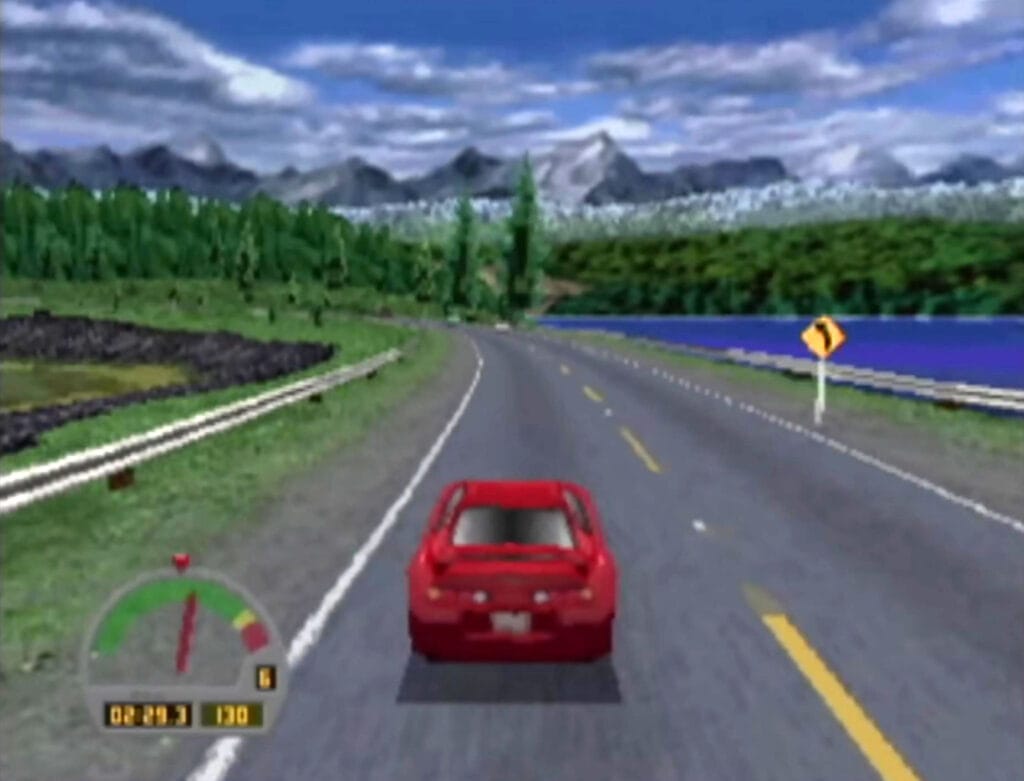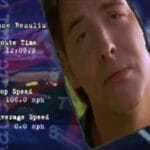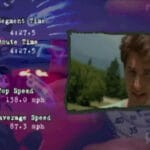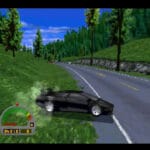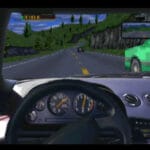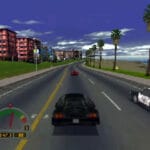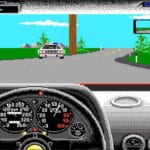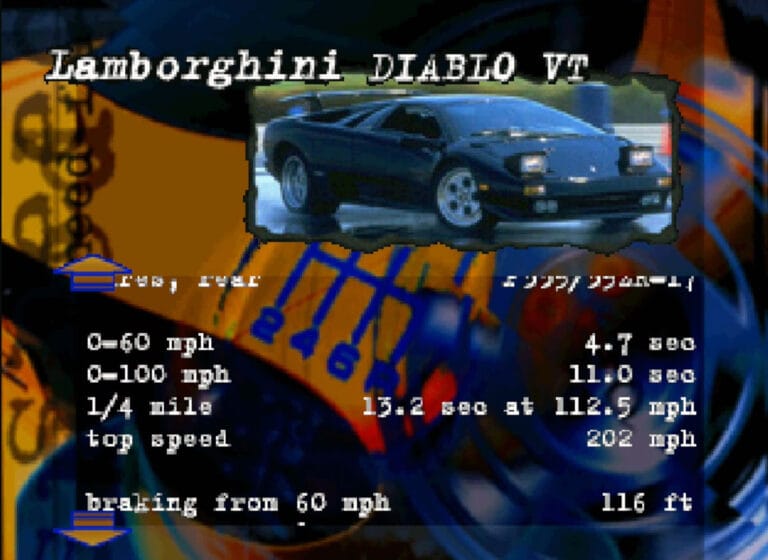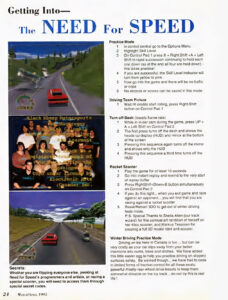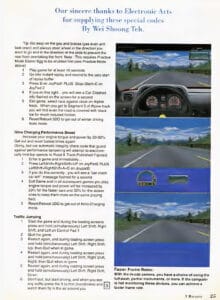Need for Speed 3DO
The Need for Speed 3DO review
Need for Speed: A Thrilling Ride on Panasonic’s 3DO
The 3DO is seen by many as a commercial failure, but the fact remains that it saw the original creation of some truly exceptional games. Among these hidden gems is The Need for Speed, a racing title that showcases the console’s technical prowess and offers a unique blend of realism and arcade excitement.
Development and Collaboration
Developed by Pioneer Productions (EA Canada) and published by Electronic Arts in 1994, The Need for Speed puts players behind the wheel of 8 iconic sports cars like the Acura NSX and Dodge Viper. Electronic Arts collaborated with the popular automotive magazine Road & Track to match vehicle behaviour, including gear change sounds. The game contains detailed data on each vehicle with commentary, stylistic imagery and short video clips showing the cars in action. The original EA Canada team was made up of previous developers from Distinctive Software who had created the game Test Drive. They used that experience to craft the The Need for Speed on 3DO and thus founded a franchise that is still popular today.
Gameplay and Realism
The game’s emphasis on realistic physics and damage modelling sets it apart from its contemporaries. While it may not be as fast paced as some arcade racers, it offers a more immersive and authentic driving experience. There is also the added fun challenge of outrunning the police as you whizz by at 100 MPH .
Visuals and Graphics
Visually, The Need for Speed is a stunning achievement for the 3DO and EA Canada. The game’s detailed car models, smooth frame rates, and impressive draw distances push the console’s capabilities to the limit. The 3DO version boasts superior texture quality and overall visual fidelity compared to its subsequent ports on PlayStation and Saturn in 1996. The attention to detail in the car models and environments is staggering, with each vehicle meticulously rendered to perfection. Whether you’re tearing through the urban sprawl or navigating treacherous mountain passes, the visuals never fail to impress, showcasing the power of the 3DO’s hardware at the time.
Controls and Speed
But it’s not just about looks; “Need for Speed” delivers in the gameplay department as well. The controls are tight and responsive, allowing for precise manoeuvring as you weave through traffic and drift around corners competing against the pro-street racer X-Man. Lose, and you’d be met with X-Man’s sarcastic jabs. Win, and you might earn a grudging compliment.
The sense of speed is adequate, but it must be said that the action never gets above 20 fps and therefore this is not a proper arcade experience by any means. However, you must remember that consoles of this era in 1994 like SNES/Megadrive and even PCS would have totally failed to run such a game at the detail offered by the 3DO. The 3DO, despite its shortcomings, was a powerhouse compared to its contemporaries.
Audio Design
One of the standout features of “Need for Speed” is its immersive audio design. The roar of the engines, the screech of tires, and the thumping soundtrack all combine to create an atmosphere that sucks you in and refuses to let go. It’s the kind of game that begs to be played with the volume cranked up, immersing you fully in the world of underground street racing.
Conclusion
While “Need for Speed” may not offer the depth of some of its rivals in terms of customization or track variety, it more than makes up for it with its sheer intensity and visceral thrill. It’s a game that you will keep coming back to and a testament to how amazing games on the 3DO could be in the hands of experienced developers.
The Need for Speed 3DO game manual
Intro video and gameplay
Screenshots
Game Box and CD
Detailed car stats and mini videos add to the experience
Key points
- This game is a real technical achievement for the 3DO, showcasing impressive graphics and realistic physics for its time (1994).
- The game was developed by Pioneer Productions (EA Canada) in collaboration with Road & Track magazine, aiming for realistic vehicle behavior.
- Features 8 iconic sports cars, detailed vehicle data, and video clips.
- The game balances realism with arcade elements, including police chases.
- The 3DO version has superior visuals compared to later ports.
- While the frame rate is limited (around 20 fps), it was considered impressive for the era.
- The audio design, including engine sounds and music, contributes to an immersive experience.
- It was developed by previous developers from Distinctive Software, who had created the game Test Drive.
- The game features an annoying wise-guy pro-street racer opponent named X-Man.
